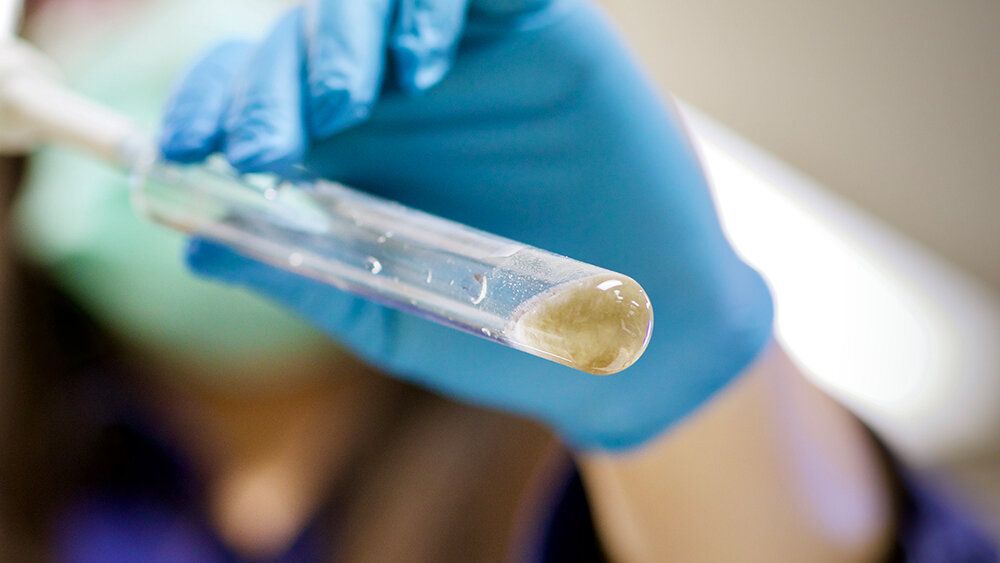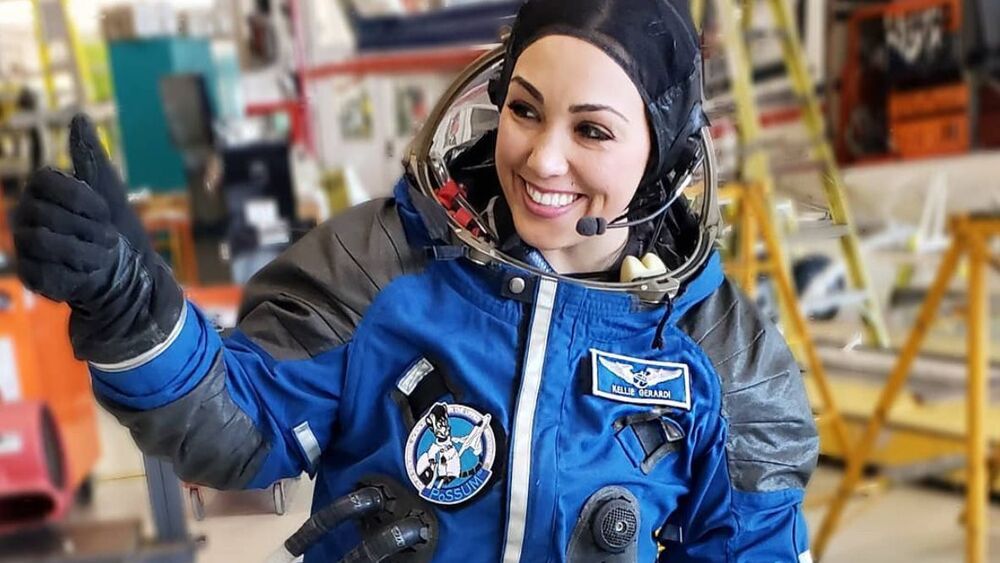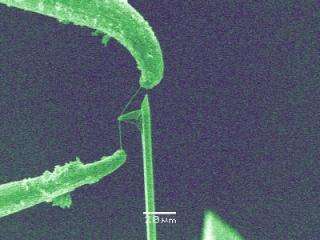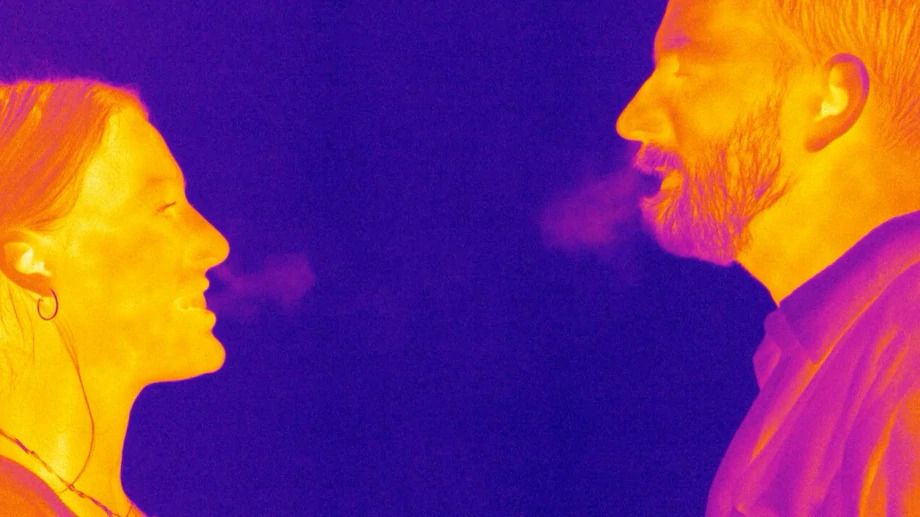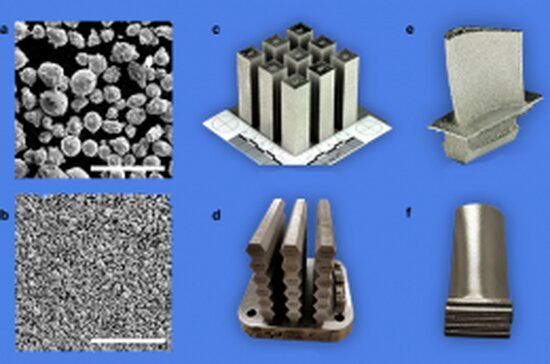Dec 15, 2020
Salt-tolerant bacteria with an appetite for sludge make biodegradable plastics
Posted by Dan Lovy in categories: biotech/medical, chemistry, engineering
The United States generates seven million tons of sewage sludge annually, enough to fill 2, 500 Olympic-sized swimming pools. While a portion of this waste is repurposed for manure and other land applications, a substantial amount is still disposed of in landfills. In a new study, Texas A&M University researchers have uncovered an efficient way to use leftover sludge to make biodegradable plastics.
In the September issue of the journal American Chemical Society (ACS) Omega, the researchers report that the bacterium Zobellella denitrificans ZD1, found in mangroves, can consume sludge and wastewater to produce polyhydroxybutyrate, a type of biopolymer that can be used in lieu of petroleum-based plastics. In addition to reducing the burden on landfills and the environment, the researchers said Zobellella denitrificans ZD1 offers a way to cut down upstream costs for bioplastics manufacturing, a step toward making them more competitively priced against regular plastics.
“The price of raw materials to cultivate biopolymer-producing bacteria accounts for 25–45% of the total production cost of manufacturing bioplastics. Certainly, this cost can be greatly reduced if we can tap into an alternate resource that is cheaper and readily obtainable,” said Kung-Hui (Bella) Chu, professor in the Zachry Department of Civil and Environmental Engineering. “We have demonstrated a potential way to use municipal wastewater-activated sludge and agri-and aqua-culture industrial wastewater to make biodegradable plastics. Furthermore, the bacterial strain does not require elaborate sterilization processes to prevent contamination from other microbes, further cutting down operating and production costs of bioplastics.”
